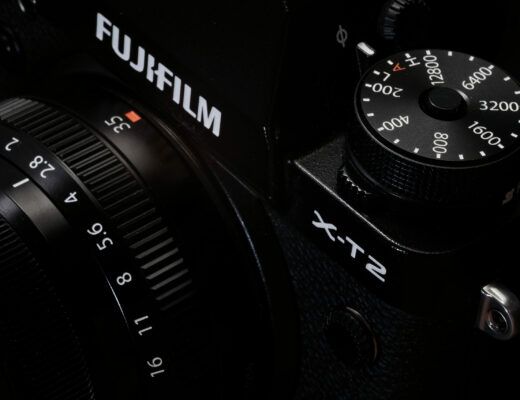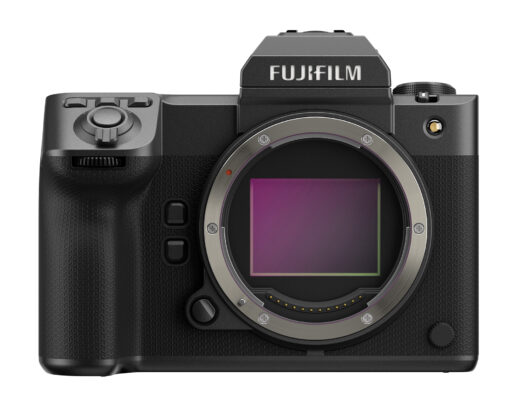Part 12 of an ongoing series by Rico Pfirstinger
With the X-H2S, X-H2 and X-T5, Fujifilm has launched its latest generation of X cameras, featuring new sensors, a fifth-generation processor and several new or improved features. In this multi-part series, I am showing you how to best set up and make the most of your X cameras, avoiding common pitfalls along the way.
In this edition of our setup guide for fourth- and fifth-generation X Series cameras, we have a look at the POWER MANAGEMENT menu.
The POWER MANAGEMENT Menu
POWER MANAGEMENT also means performance management. If you want your camera to perform as well as possible, you’ll have to make adjustments that differ from the factory default settings. Why is that? It’s mostly about the spec sheet, where battery life (as determined by the CIPA standard) plays an important role. Battery life is measured using factory default settings. Consequently, these factory settings are more about conserving power than about maximising performance. In other words, your camera’s ‘normal’ factory default settings are basically a power-saving mode.
For the best performance, SET UP > POWER MANAGEMENT > PERFORMANCE should be set to BOOST. This will unleash the best performance of important functions like the autofocus and the live view. As for the live view, you can further configure the boost characteristic with POWER MANAGEMENT > EVF/LCD BOOST SETTING, where current X camera models typically give you a choice of LOW LIGHT PRIORITY, RESOLUTION PRIORITY and FRAME RATE PRIORITY.
You will find the remaining part of this article in the newest edition of FUJILOVE MAGAZINE.
Join thousands of Fujifilm X and GFX photographers from around the globe to get access to all available and upcoming monthly editions of FUJILOVE MAGAZINE. START HERE >>>




















